Reverse video search has become an indispensable tool for uncovering detailed information about specific videos. Whether you’re intrigued by the origin of a video or seeking related content, modern technology simplifies the process of obtaining answers.
Imagine stumbling upon a humorous video featuring a dancing dog but having no clue about its origins. Utilizing reverse video search, you can quickly identify where the video came from and find additional related content. This comprehensive guide outlines straightforward steps to leverage this potent tool effectively.
What Is Reverse Video Search?
Typically, people turn to search engines to find information using specific terms or phrases. This conventional approach is known as a standard search. However, reverse video search is emerging as a popular method to discover information related to videos and images. This advanced technique uses object recognition algorithms to analyze the content provided by users and match it against existing online materials, offering a more accurate search experience than traditional methods.
Reverse video search is invaluable for various purposes, including:
- Identifying the original source of a video that has been shared or reposted across social media or other platforms.
- Finding videos or content that are similar or related to a particular video.
- Confirming the authenticity of a video and checking whether it has been modified or edited.
- Recognizing objects, locations, or individuals within a video that may be of interest or importance.
How Does Reverse Video Search Work?
Search engines such as Google and Bing analyze the colors and pixels in a video to find similar or identical content online. While this technology can often trace a video back to its original source, it’s not infallible. Even a minor change, such as a single pixel alteration, can disrupt the search accuracy, leading to the video being overlooked in search results.
Given the vast volume of videos uploaded daily, search engines face the challenge of indexing every piece of content to ensure its discoverability. This post delves deeper into various methods for performing a reverse video search.
Also Read: How to Turn Off Trending Searches on Google: An Easy-to-Follow Guide
How to do Reverse Video Search? 6 Unique Approaches You Can Consider
This section introduces six practical techniques for reverse video searching, illustrated using a YouTube video from Chrome DevTools 101 as an example for clarity.
Reverse Video Search on Google
Google does not offer a direct reverse search feature for videos. To work around this, you can take a screenshot and use the reverse image search feature. Here’s a step-by-step guide to performing a reverse video search on Google:
- Find a distinctive frame within the video, one that’s likely to yield results online, and pause the video at that moment.
- Capture a screenshot of this frame (use Ctrl + PrtScn on Windows, Shift-Command-4 on macOS).
- Save the screenshot to your device.
- Go to images.google.com and click the camera icon in the search box. Choose “Upload an image” and upload your screenshot.
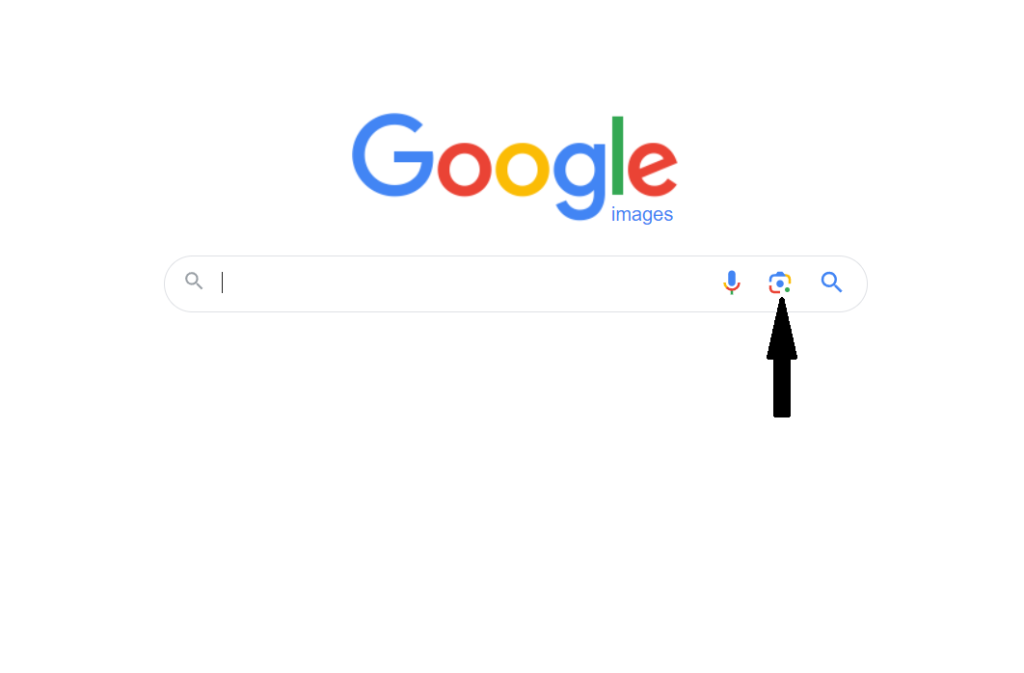
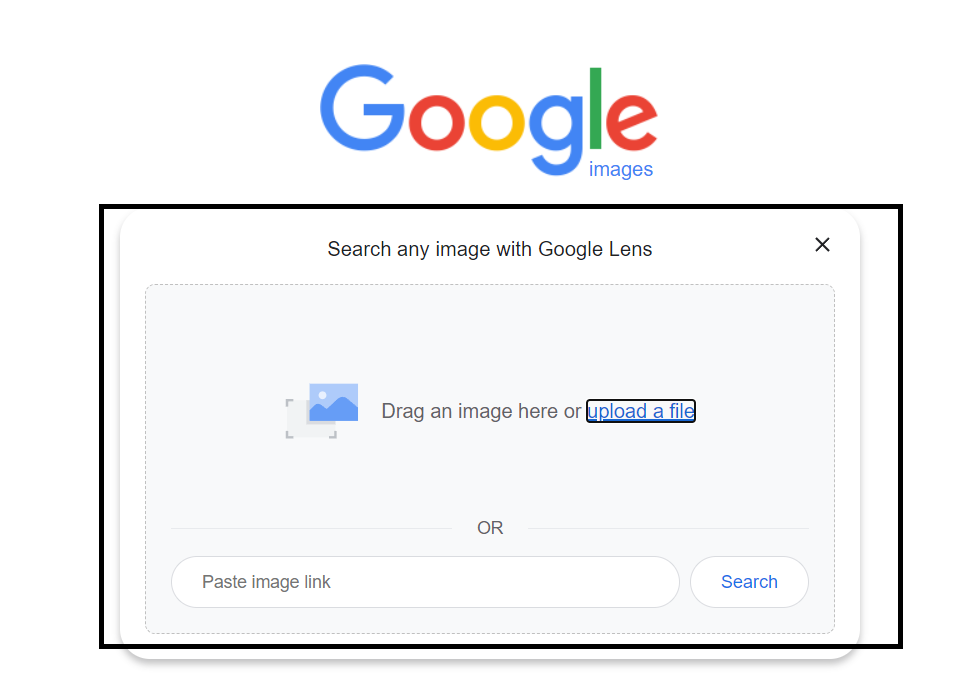
- Google will then search for results matching your uploaded image.

The search results will show pages containing identical or similar images to your screenshot, which may help you find the original source of the video or related content. Further exploration of reverse video search methods will follow.
Reverse Video Search Using TinEye
TinEye serves as an efficient tool for finding similar images and videos, leveraging cutting-edge image recognition and reverse image search algorithms.
- To start a search, either take a screenshot of the video frame you’re interested in or copy the video’s URL.
- Then, head over to TinEye’s website and locate the search box.
- You can upload your screenshot using the “Upload” button or simply drag and drop the image into the box. If you have the video’s URL, paste it directly into the search bar.

After uploading your image or URL, click the magnifying glass icon to initiate the search. TinEye will then display any matching or related images and videos, and it may also show if the video has been posted elsewhere online.
For more comprehensive results, you might want to make further comparisons. This approach is particularly useful for identifying a video’s origins and discovering related content.
Reverse Video Search on Bing
Bing, like Google, offers a reverse video search feature, which is invaluable for tracing the origins of a video or uncovering similar content. Bing’s reverse video search is most effective with a screenshot of a specific frame from the video.
To use Bing’s reverse video search, follow these steps:
- Take a clear screenshot of the video, focusing on a frame that’s likely to yield search results.
- Navigate to Bing’s Visual Search page.

- You can upload your screenshot by clicking the “Upload image” button, dragging and dropping the image into the search box, or pasting the URL of the image or video.
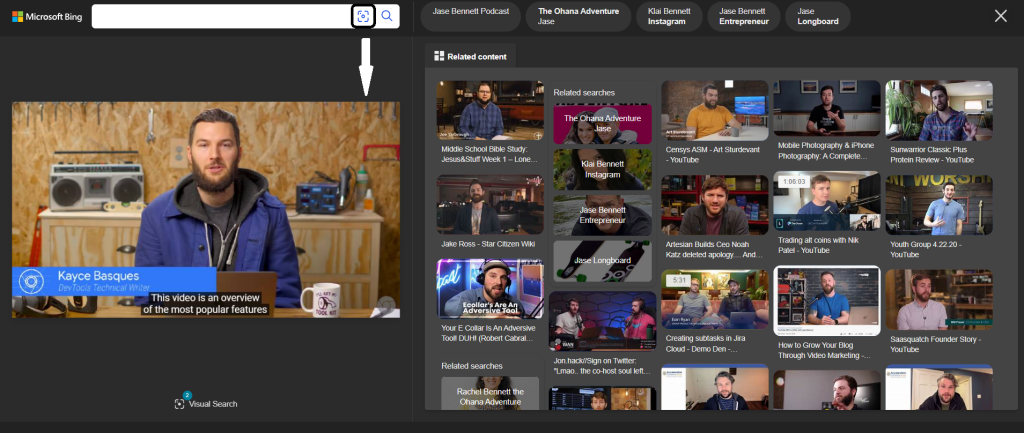
- Bing will then analyze the uploaded content and produce “related content” results that match or resemble your image or video, potentially leading you to the original source or similar materials.
Leveraging Bing’s reverse video search can be an effective strategy for acquiring detailed information about a specific video. By adhering to these simple steps, you can tap into Bing’s robust search capabilities to find the information you’re seeking. Further exploration of diverse reverse video search methodologies will be discussed in the following sections.
Reverse Video Search Using Yandex Images
Yandex, a prominent Russian search engine, offers a plethora of digital services, including the ability to conduct reverse video searches. To utilize this feature, follow these simple steps:
- Navigate to Yandex Image Search by accessing the homepage of the search engine.
- Locate the search bar at the center of the page.
- Click on the camera icon situated to the right side of the search bar.

- Drag and drop a screenshot of the video clip into the provided area.
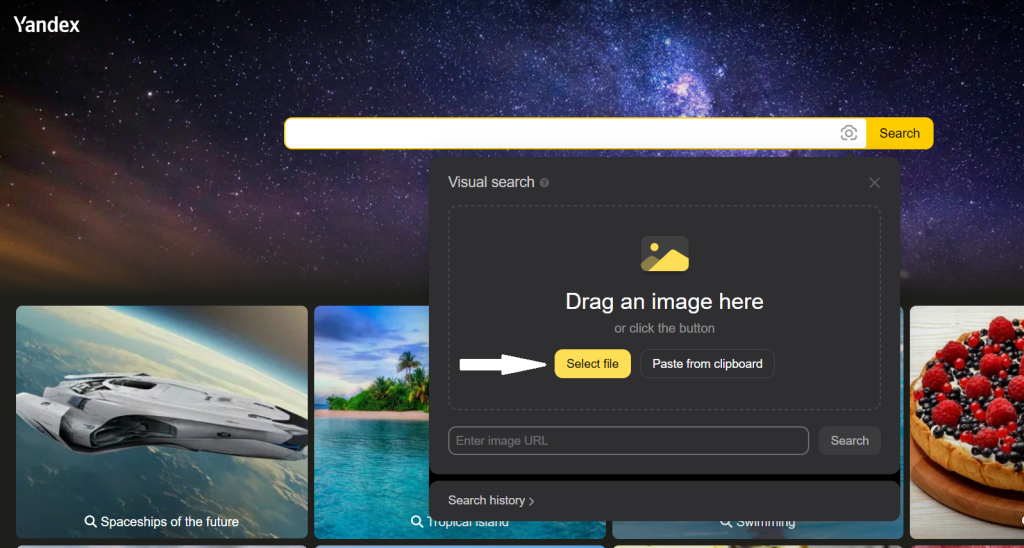
- Yandex will then process the image and display relevant results pertaining to that specific video.
- Browse through the results and select the one that best meets your criteria.
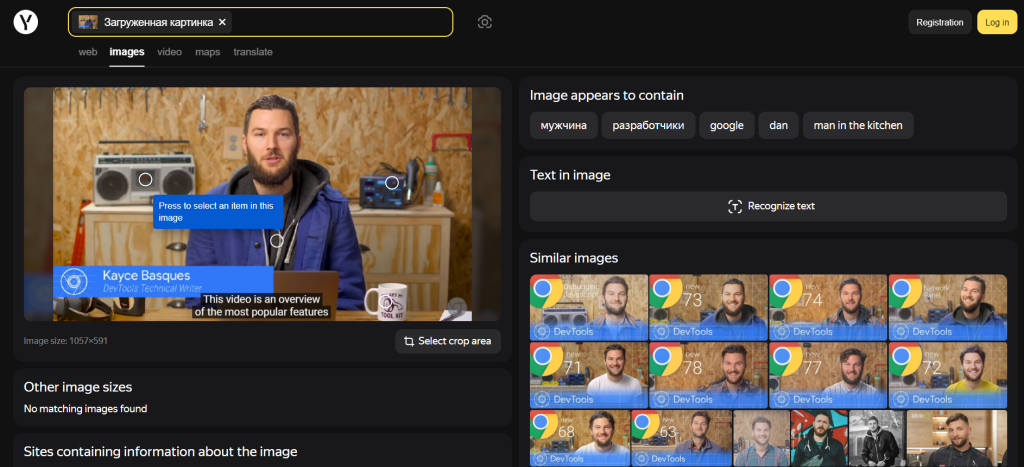
Also Read: Should You Search Google or Type a URL?
Reverse Video Search Using Berify
Berify.com is a versatile reverse video search tool that enables users to search across multiple platforms, including Google, Bing, Yandex, and others, for photos and videos. This approach aims to deliver more exhaustive results than those obtained from a single search engine.

Here’s how to use Berify for reverse video searches:
- Go to Berify.com and locate the search box labeled “Browse and upload the image here.”
- Upload your screenshot by either dragging and dropping the file into the search box or clicking on the box to select a file from your computer.
- Once the image is uploaded, initiate the search by clicking on the “Search” button.

- Berify offers a limited number of free searches upon registration for new users.
- For users with more extensive search needs, Berify provides monthly subscription plans.
- After conducting the search, Berify will display your results, including potential sources of the video or related content.
Reverse Video Search Using Shutterstock
Shutterstock boasts an expansive library with over a billion images and videos. It also offers a reverse video search feature, which can be utilized through the following steps:
- Take a screenshot from the video clip you’re interested in.
- Open your web browser and navigate to the Shutterstock website.
- Locate the search box prominently displayed on the site.


- Within the search box, click on the camera icon to access the “Search by Image” feature.
- Upload your screenshot either by clicking the “Choose File” button or by dragging and dropping the image directly into the interface.

- If necessary, you can specify your search further by indicating whether you’re looking for vectors, animated images, or AI-generated content.
- Start the search by clicking on the magnifying glass icon.
Shutterstock will then display results relevant to your uploaded screenshot, which may include both photos and videos.
Conclusion
Leveraging reverse video search can be instrumental in detecting duplicate content and protecting your digital assets. This method is invaluable for identifying the origins of a video, locating similar content, and more. Platforms such as Google, Bing, Berify, TinEye, Yandex, and Shutterstock facilitate reverse video searches, making it easier to trace a video’s source.
Even for videos that are less prevalent online, it’s beneficial to employ multiple search strategies to ensure comprehensive results. Exploring six different approaches to reverse video search equips users with a variety of tools and techniques for uncovering hidden details in multimedia content. From analyzing traditional metadata to applying advanced machine learning algorithms, each approach offers unique insights into video content analysis. Additionally, for those seeking expert SEO services to enhance their brand’s visibility and attract more clients, consulting with SEO professionals can be advantageous.
FAQs
Why might someone consider using Reverse Video Search?
Reverse Video Search is useful for identifying a video’s origin, verifying its authenticity, finding similar content, or tracing the origins of viral videos.
Are there privacy considerations linked to Reverse Video Search?
Yes, privacy considerations are important as Reverse Video Search can reveal information about the video’s source or individuals in it. Ethical use of these tools is paramount.
Can Reverse Video Search play a role in copyright enforcement?
It’s crucial for detecting unauthorized use or distribution of copyrighted videos, helping content creators and owners protect their intellectual property.
How can I use Reverse Video Search for content discovery?
You can use Reverse Video Search to find videos related to your interests, discover new content creators, and even track down the original source of viral videos.


























